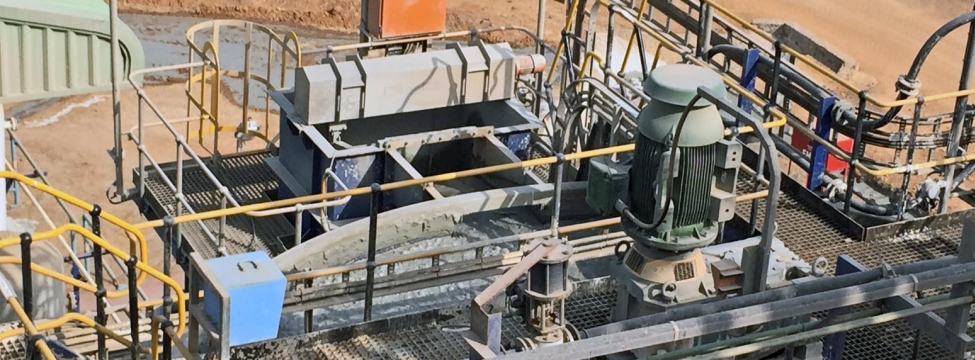The AMIRA “Metal Accounting Code of Practice and Guidelines” (2007) has established best practice in process plant metal accounting. The code is based on the “check in, check out” concept; sampling the mass flow of the commodity of interest (e.g. gold) as it crosses a Transfer of Custody boundary, such as the feed of a plant and the different product points of the plant (including tailings). Measuring the mass flow of the commodity requires measuring the stream flow and collecting an assay of the stream via a sample.
Classic sampling theory defines seven sampling errors. These range from errors fundamental to the material being sampled (e.g. bulk particle size, grain size of the mineral of interest), to those relating to how the material is presented to be sampled (variations in time and space) to those relating to how the sample is taken (how the sample cut is defined and removed).
The fundamental error is related to the weight of the sample that needs to be taken. This weight increases with increasing crush size and with decreasing grade, but decreases with increasing liberation of the mineral of interest. This error becomes particularly problematic when sampling a coarse feed in a gold plant (such as to a SAG mill). While there are some sampling devices on the market, which can take a good representative sample of ore on a conveyor, the weight of sample required to arrive at an acceptable error often makes us question the merit of taking such a sample – a sample of a manageable size is likely to produce an assay with a large degree of uncertainty associated with it.
With the trend of plants being built by engineering companies coming from a petrochemical background, we find numerous examples of samplers, especially pipe samplers, which are probably perfectly suited to sampling a well-mixed liquid stream, but which are entirely inappropriate for sampling a slurry. The best method for sampling a slurry is still to use a cutter cutting across a falling stream.
Other pitfalls include not taking time lags into account, such as taking a sample ahead of a thickener to represent the feed to the subsequent process.
Despite the check in, check out philosophy of the code, it states that in cases such as gold and base metal plants, the recommended strategy is to reconcile based on: tailings, feedrate and production (gold) or feed, concentrate and tailings assays (base metals). While this approach can be somewhat clumsy in a gold plant with a significant gravity-recovered component, the focus should be on taking samples of high quality rather than generating poor quality data.

